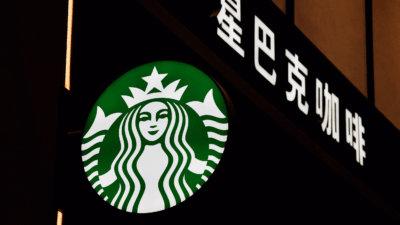Macy’s is Pivoting From its Legacy of Anchoring Malls
Macy’s is going less colosseum and more cozy in a cost-cutting shift away from large locations in malls and into small-format stores.

Sign up for smart news, insights, and analysis on the biggest financial stories of the day.
For decades, Macy’s has been a staple of shopping centers, a sprawling anchor store often occupying multiple floors.
But now the Herald Square retailer is going less colosseum and more cozy in a cost-cutting shift away from large locations in malls and into small-format stores.
Go Small or Go Home
The idea is that instead of one big mega-store necessitating a long trip for some shoppers, you populate multiple stores throughout the region, often attached to smaller, suburban shopping plazas. Less space is a growing trend among retailers — in Macy’s case, the new shops weigh in at about one-fifth the size of their anchor stores in malls — because it means less rent.
With consumer habits changing and a share price that’s down 44% this year, Macy’s says it will open 30 new small-format stores by the fall of 2025. Abercrombie & Fitch and Kohl’s are also looking to go small. All of this adds up to yet another death rattle in the slow decline of the American mall:
- In the last three years, Macy’s has closed 80 stores, mostly in struggling malls, and the company says the smaller shops are doing well. “Macy’s small-format stores open for more than one fiscal year have achieved positive comparable owned plus licensed sales growth,” the company said in a press release.
- The popularity of both online shopping and discount shops have left malls rather lifeless. Last fall, Nick Egelanian of real estate consultant SiteWorks told The Wall Street Journal the total number of US malls has declined to about 700 from an estimated 2,500 in the 1980s, and he expects there to be only 150 left within the next decade.
Where the cheddar is: One of the biggest saving graces for malls is Cheesecake Factory, the restaurant with a menu boasting more than 250 dishes. A report from Moody’s found that about 93% of loans from malls with a Cheesecake Factory are current on their payments while malls without the eatery pay just 72% of their loans on time. In the study, Moody’s Director of CRE Economics Matt Reidy said there’s a pattern of people going to the mall specifically for the restaurant and not just wandering in after a day of shopping. So get with the program, debt-ridden American Dream mall.











